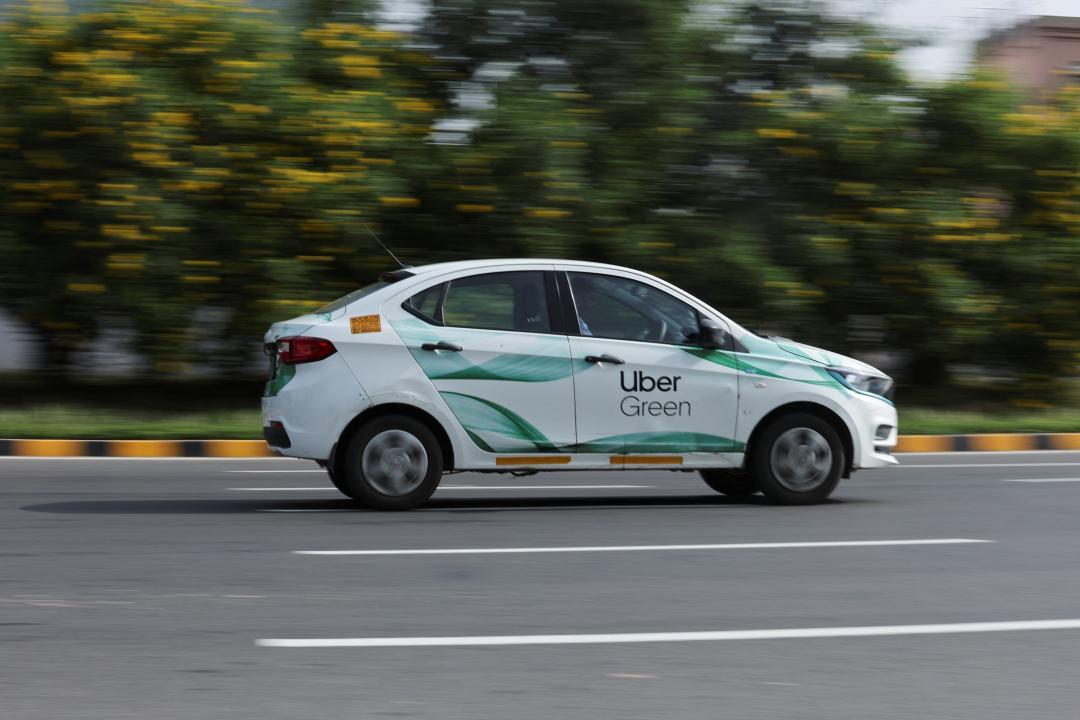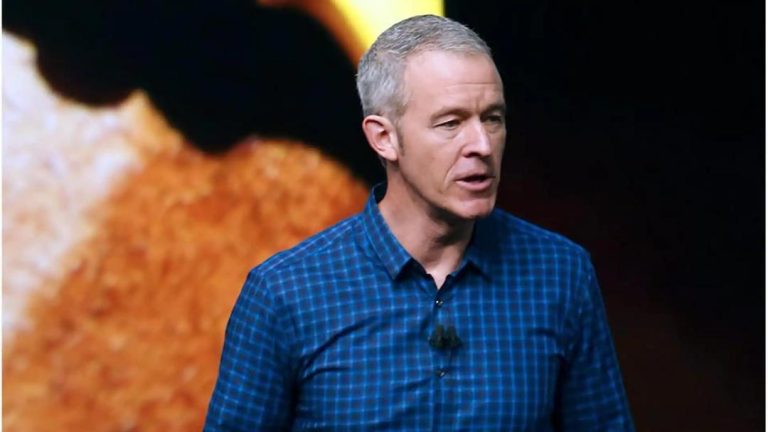
Why are Ola, Uber & Rapido drivers on indefinite strike in Mumbai?
In a significant development, drivers of ride-hailing services Uber, Ola, and Rapido have gone on an indefinite strike in Mumbai, bringing disruptions to the city’s transportation system. The strike, which began on [date], has resulted in longer wait times and fewer cabs on the road, causing inconvenience to commuters. But what led to this sudden strike? In this blog post, we will delve into the reasons behind the strike and explore the situation further.
According to reports, the drivers are demanding better pay and working conditions. They claim that after deducting aggregator commissions and fuel expenses, their actual income falls to just ₹8-12 per kilometre. This, they argue, is unsustainable amid rising fuel and maintenance expenses. As per an article published in NDTV, the drivers are seeking a hike in fares and a reduction in commissions charged by the aggregators.
The strike has been called by the Maharashtra Navnirman Sena (MNS) backed Maharashtra Rajya Rickshawala Sangh (MRRS), an organization that represents the interests of taxi and rickshaw drivers in the state. The MRRS has been demanding better pay and working conditions for the drivers, as well as a reduction in the commission charged by the aggregators.
The drivers have been facing financial difficulties for some time now, with many of them struggling to make ends meet. The strike is a desperate attempt by the drivers to draw attention to their plight and to force the aggregators to negotiate with them. The drivers are also demanding that the aggregators provide them with better working conditions, including regular maintenance of their vehicles and proper insurance coverage.
The strike has caused significant disruptions to the city’s transportation system, with many commuters struggling to find cabs and autorickshaws. The strike has also affected the daily lives of many people, including office-goers, students, and tourists. The situation has become so critical that many people are now forced to rely on public transport or walk to their destinations.
The aggregators, on the other hand, have been accused of exploiting the drivers by charging them high commissions and deducting a significant amount from their earnings. The drivers claim that the aggregators are making huge profits at their expense, and that it is unfair to expect them to work for such low wages.
The strike has also raised questions about the role of the government in regulating the aggregators. Many experts believe that the government has failed to regulate the aggregators effectively, allowing them to exploit the drivers and commuters alike. The government has also been accused of not providing adequate support to the drivers, despite their struggles.
In conclusion, the strike by Ola, Uber, and Rapido drivers in Mumbai is a desperate attempt by the drivers to draw attention to their plight and to force the aggregators to negotiate with them. The drivers are demanding better pay and working conditions, as well as a reduction in the commission charged by the aggregators. The strike has caused significant disruptions to the city’s transportation system, and it is expected to continue until the aggregators agree to the demands of the drivers.



